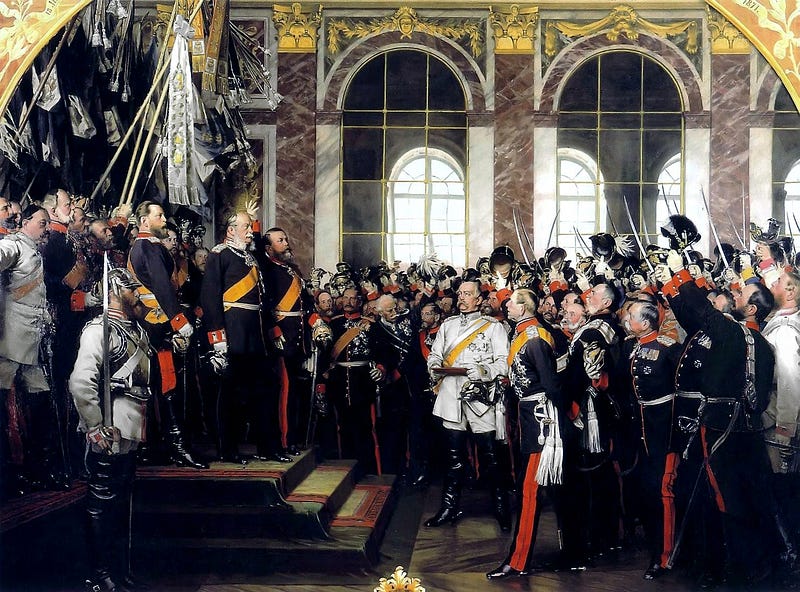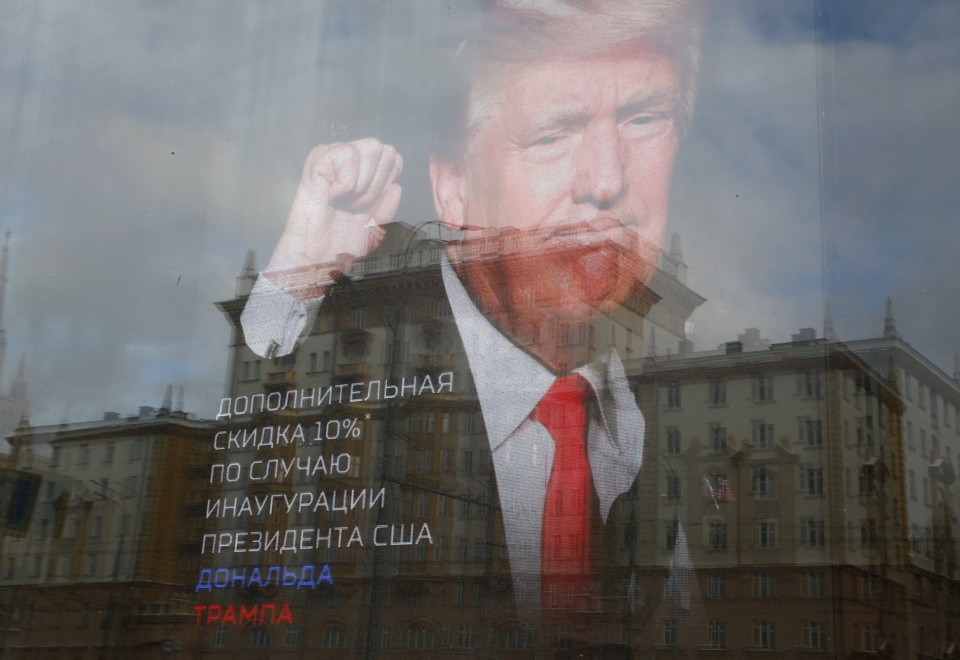William S. Lind
Low-level Fourth Generation war has been underway in the U.S. for some time, largely in the form of gang activities. That is likely to continue, as will occasional terrorist incidents. This low-level warfare is a problem, but it does not threaten the state.
However, the Left’s reaction to the election of Donald Trump as president points to a far more dangerous kind of 4GW on our own soil. Trump’s election signified, among other things, a direct rejection of the Left’s ideology of cultural Marxism, which condemns Whites, men, family-oriented women, conservative blacks, straights, etc. as inherently evil. Not surprisingly, those people finally rebelled against political correctness and elected someone who represents them.
That is how our system is supposed to work. But the Left only accepts the results of democracy when they win. A rejection of cultural Marxism is, to them, illegitimate. Hence we continue to see not just the hard Left but the whole Establishment howl with hatred, loathing, and contempt directed toward President Trump and those who elected him. Establishment organs such as the New York Times drip venom from every page. The Times last week went so far as to devote and entire op ed to attacking the way the president ties his necktie!
















